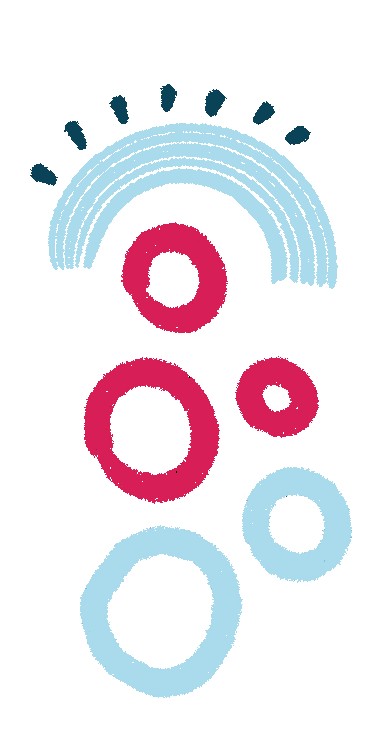The translation project management process is where Language Service Providers (LSPs) demonstrate their value. It involves strategically and efficiently managing resources like people, time, technology, and budget to ensure timely completion and quality deliverables. With a structured framework that includes initiating, planning, and executing, project management is vital for any LSP to meet client needs and consistently deliver quality projects.
The Translation Project Management Process
Every client and project has unique requirements. The typical project management process unfolds as follows:
-
Project Initiation: The Account Manager (AM) receives the project, analyzes it, and clarifies any ambiguities with the client.
-
Quotation and Agreement: The client receives a detailed quote, outlining deadlines, language pairs, resources, and other key parameters, aligning with ISO 17100 standards. Once both parties agree, the AM hands over the project brief to the Project Manager (PM).
-
Strategy and Resource Allocation: The PM reviews the request, considering all client instructions. They develop a strategy, including selecting appropriate Computer-Assisted Translation (CAT) tools and assigning suitable translators, potentially including subject matter experts. ISO 17100 requirements are considered during team selection.
-
Linguistic Team Assignment: After ensuring ISO 17100 compliance, the PM assigns the project to the chosen linguists.
-
Project Monitoring and Execution: The PM uses project management technology to oversee every step. For example, Terra Translations has TerraSoft, a proprietary portal for tracking project status and ensuring quality. Effective communication between the linguistic team and the AM is crucial. Poor management can lead to quality issues and delays.
-
Delivery and Feedback: The completed project is delivered to the client by the AM. The AM gathers client feedback and shares it with the team.
The Importance of an Experienced Translation Project Management Team
Translation projects, regardless of size, involve numerous components and varying levels of complexity. Skilled AMs and PMs are vital for successful execution. They navigate and coordinate efforts to ensure on-time delivery and high quality. Communication is key, so AMs and PMs must be well-organized and effective communicators.
While technology automates some functions, AMs and PMs provide a crucial “human element”. Over-reliance on technology can hinder genuine connection and rapport with clients. Unlike machines, AMs and PMs excel at identifying high-performing teams of translators, editors, and quality managers tailored to specific project needs.
Furthermore, AMs and PMs strategically analyze projects to maximize budget efficiency, identifying repetitive text and creating translation memories for future use. They also ensure termbase creation and maintenance, so that both termbases and translation memories become valuable assets for clients and linguists. Proper resource maintenance positively impacts the final project’s quality.
The Role of ISO Compliance in Translation Project Management
The ISO standard is a globally recognized management process. ISO requirements are important throughout the translation project to guide the team toward the highest quality. ISO promotes continuous growth and improvement through guidelines, planning, monitoring, and verifying. These guidelines ensure consistency and client satisfaction. Certification, such as ISO 17100, strengthens a company’s practices.
Conclusion
Effective translation project management is critical for LSPs to deliver high-quality translations on time and within budget. By understanding the project management process, the importance of experienced project managers, and the role of ISO compliance, clients can select an LSP that will meet their needs and ensure project success. A dedicated team ensures the management and updates to resources such as translation memory, termbase, and style guides, resulting in positive outcomes for the translation quality and efficiency.
